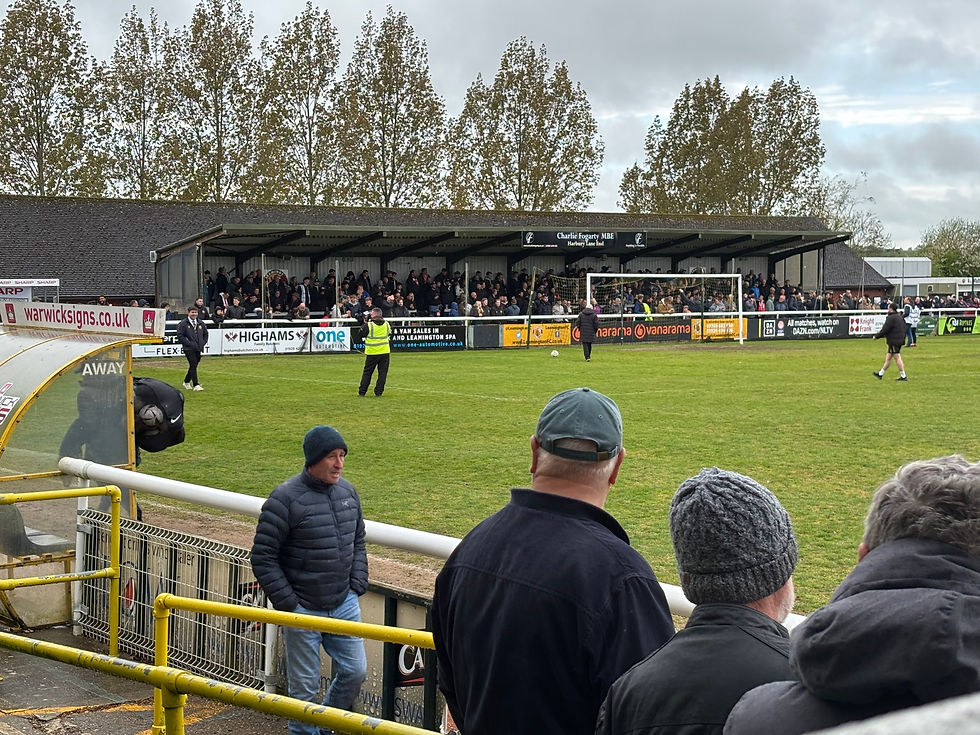
Management of Disaster Risk Conference at Cranfield- climate change UN reduction goals way off target.
- GMK.News
- Mar 21, 2024
- 3 min read
Updated: Apr 4, 2024
Murat Turkes from Turkey opened today 21 March 24 spring conference with a stark warning that the UN target of keeping climate change below the two degrres UN goal of two degrees is way off target with global warming threatening to increase more by double that figure to four degrees in the coming years. Turkey's population is also increasing along with radical growing energy consumption. In 2021, it increased by a wapping 203%. According to Turkey's 11 th development plan for 2019-23 , Turkey aims to reduce its energy intensity by 20%, part if this strategy includes a switch and promotion of nuclear energy with more discussion on safety and quality issues. Plus support and diversion plans for increased public transport usage. In the panel discussion which followed, land use change was identified as the main facilitator for net emission of CO2. Too many trees simply coming out of the ground. Recommendations were given for Oxford's Hannah Ritchie's book, 'it's not the end of the world'. Book promotes the less doom and
gloom idea that the word is better than it was but it is still awful. For example, hopes about future world population levels. The number of children in the world will never be as high as they are now. A second talk by Johanna Amate Belle of the University of Free state also confirmed further confirmed that global warming poses a threat to dam building and the supply of water or what was better referred to as 'liquid gold' in Lesotho by the speaker. Storms and rising water levels due to global warming stand to-threaten the physical construction building of the Metolong Dam and similar vital water supply projects for the country. A third talk described findings from recent Cranfield research on how the Lebanon 2020 explosion impacted on the food safety of the population. Findings state the risk of cancer from toxins in wheat following the explosion has increased 12 times. This multiple is felt to be an under estimate. Lebanon imports 80 % of its wheat and all of it was stored and continues to be stored in wheat silos where the explosion occurred. The risk of contracting liver or kidney cancer as a result of consuming contaminated wheat in the food following the explosion threatens Lebanon's 5.5 million population. Further research to combat this involves an investigation into building a new resilient infrastructure of wheat silos spread all over the Lebanon rather than storage being focused at one point, namely the port where the explosion occurred. Global warming has also impacted into the soil and land. This was demonstrated in the next presentation by Md Tariqul Islam who reported back on his research into disaster housing projects following modern day earthquakes in Turkey. 42 % of Turkey is a first degree earthquake zone. Since 1999, loss of life and loss of buildings has hit the hundreds of thousands following high richter scale earthquakes. In the most recent 2023 earthquake, 54,000 people were killed which extended to 8k in Syria and 1.5 million made homeless. 85,000 buildings collapsed. New Cranfield research towards preventing future earthquake disaster impact revolves around a tunnel system, high strengthened concrete and lower tier buildings being built and re-location of lower income families away from the high risk areas.

How resilient is society to disaster risk? A summing up talk was given by Quantative Cranfield researchers, Tanaya Sarmah and Pensilvannia visiting professor Abdullah Konak. Researchers. An example of how this can be quantitatively achieved were demonstrated in a recent case study of drought impact on small scale farmers in Morocco. for this, researchers have constructed 36 indicators and categorised them into 10 components to forecast drought in the region and provide data to assist policy decision makers try to deal with it. Da Huo from Cranfield gave an interesting following on talk about the Grace mission where In 2002 satellites were used to further monitor global territorial water storage to enhance recording of this which goes back to 1940. Integrating machine learning and remote sensing offer opportunities to better monitor rising sea levels and deal with the disaster threat of coastal erosion, storms, Tsunami etc which all stem from a rising global temperature and melting of the ice caps. Kate Williams switched potential disaster risk topics next to food supply or the lack of it in times of natural disaster like hurricane, heatwave, drought, early freeze, pandemic etc. Her research has focused on developing an early warning system for food chain resilience to environmental disruption. For earthquakes in Turkey, today's talk touched on the sensitive subject of cover ups hindering research to find risk management solutions along with just naturally forgetting. Today's conference has contributed to making sure this does not happen now or in the future.



Comments